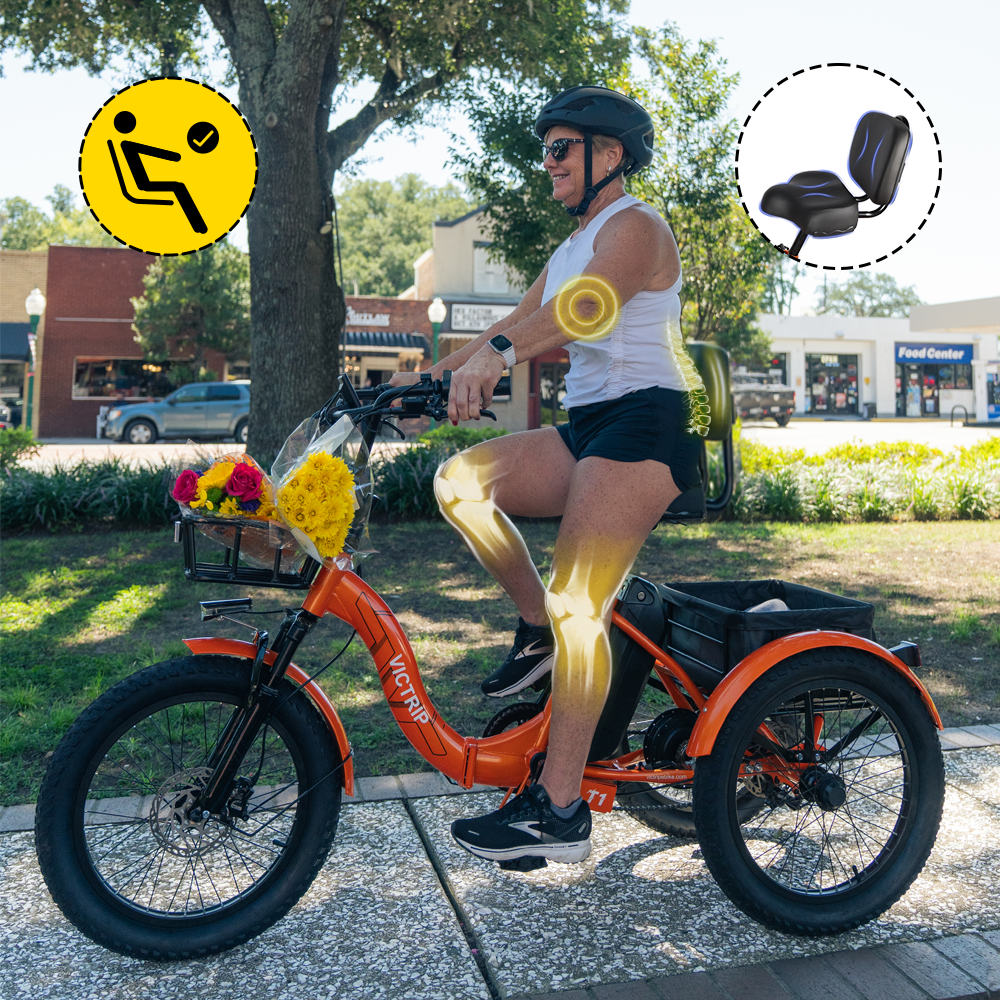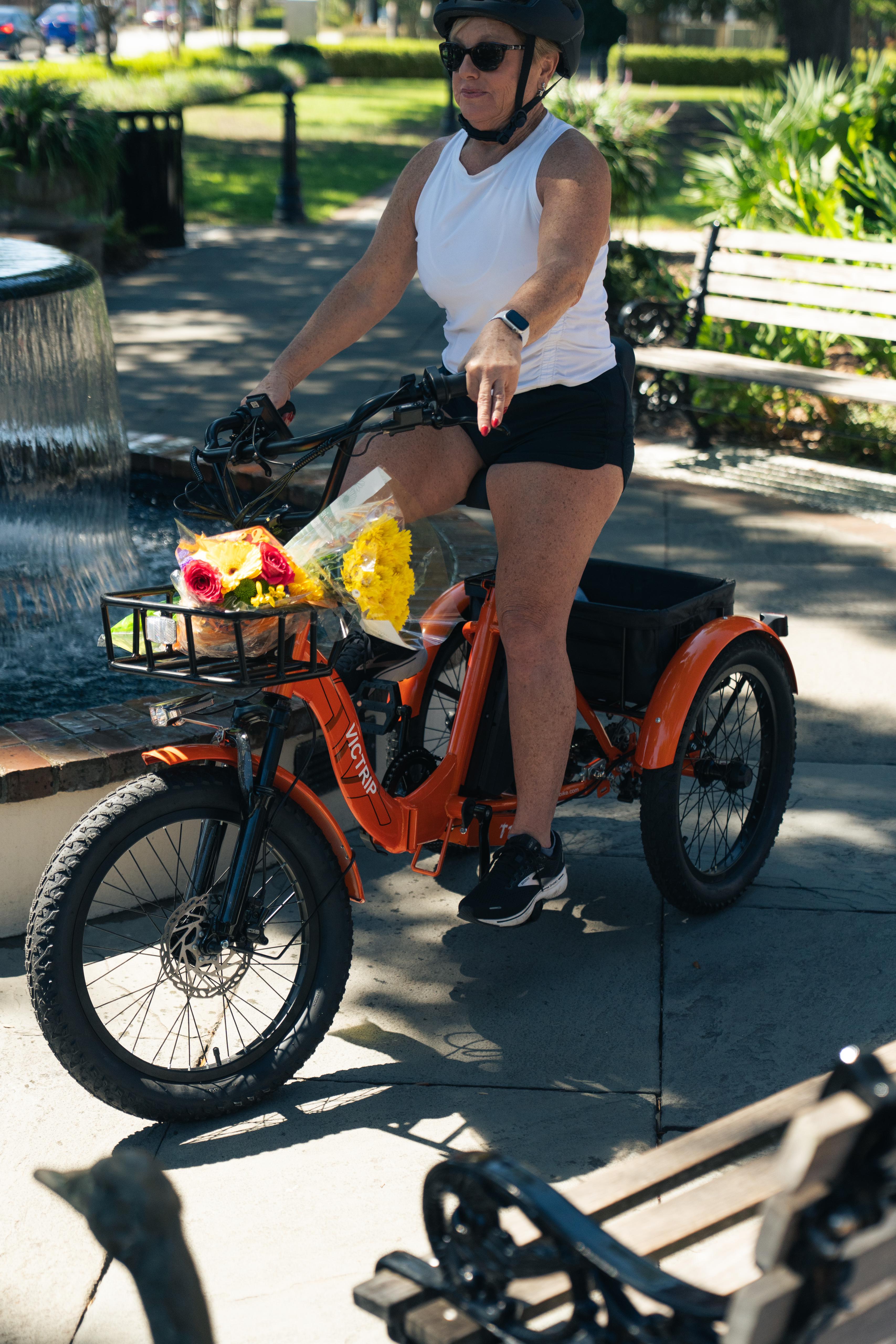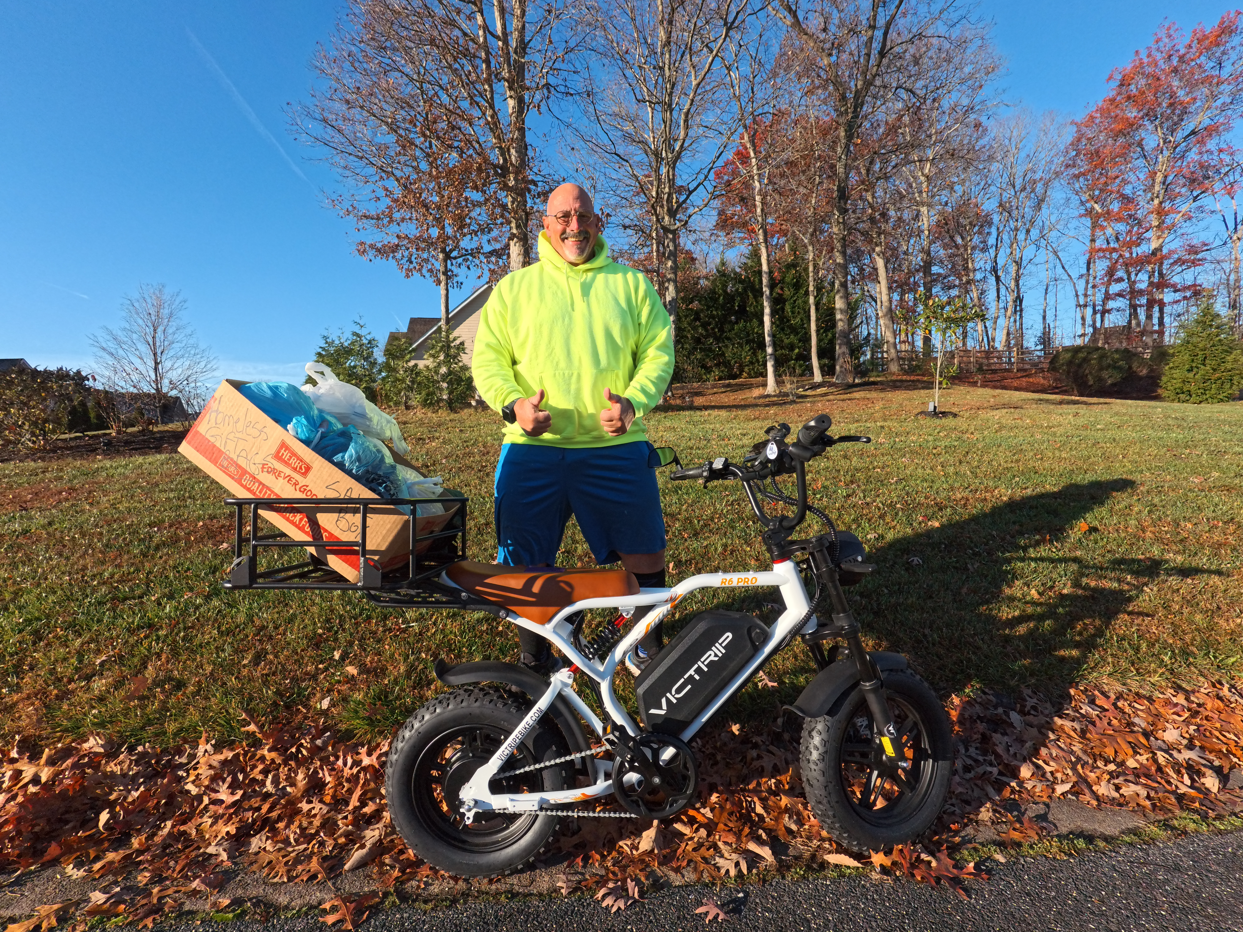
Electric bikes are transforming how we move—cleaner, faster, and more exciting. But when choosing your perfect ride, one fundamental question arises: Should you go with a single motor or dual motor eBike? Whether you're commuting through traffic or tackling rough backcountry trails, your motor configuration makes a major difference.
This in-depth guide explores the crucial differences between single and dual motor eBikes across 14 key factors to help you decide which motor setup suits your needs.
What Are Single Motor eBikes?
Single motor eBikes are equipped with one electric motor, typically mounted either in the rear hub or mid-drive system. Most standard commuter and city eBikes use this configuration, as it's more affordable, lightweight, and energy-efficient.
Pros:
-
Lightweight design
-
Simpler mechanics and controls
-
Lower cost
-
Longer range per charge
Cons:
-
Less torque and hill-climbing power
-
Traction may suffer in wet/off-road conditions
What Are Dual Motor eBikes?
Dual motor eBikes feature two electric motors—one in the front hub and one in the rear. This allows for all-wheel-drive (AWD) functionality, providing superior traction, torque, and acceleration.
Pros:
-
Maximum torque and power
-
Ideal for steep hills and rugged terrain
-
Enhanced grip in snow, sand, or rain
-
Often equipped with advanced suspension systems
Cons:
-
Heavier build
-
Higher battery consumption
-
More expensive
-
Slightly more complex maintenance
1. Power Output Comparison
When it comes to raw power, dual motor eBikes clearly lead the pack. A single motor might cap at 500W to 750W, while a dual motor setup can offer a combined 1000W to 2000W or more.
| Configuration | Total Power | Torque | Ideal Use |
|---|---|---|---|
| Single Motor | 500W–750W | Moderate | Commuting, casual rides |
| Dual Motor | 1000W–2000W | High | Mountain trails, snow, steep hills |
Verdict: Dual motors deliver stronger torque and better acceleration, especially with added rider or cargo weight.
2. Terrain Performance
If your adventures involve rugged trails, hills, or uneven surfaces, the dual motor system provides superior traction and control.
-
Single Motor: Can struggle on steep inclines or loose gravel.
-
Dual Motor: Engages both wheels for balanced climbing and stable downhill movement.
For example, riders using VICTRIP SURNAT N12 mountain ebike —a dual motor beast—report exceptional performance on snow-covered and forested paths, thanks to its all-wheel drive capability.
3. Top Speed Potential
Though speed depends on battery voltage and motor capacity, dual motor eBikes often unlock higher top speeds due to combined motor thrust.
| Motor Setup | Typical Top Speed |
|---|---|
| Single Motor | 20–28 mph |
| Dual Motor | 28–35+ mph |
⚠️ Speed may be electronically limited by local laws (e.g., 28 mph Class 3 in the U.S.).
4. Battery Consumption & Efficiency
Two motors pull more power. A dual motor eBike drains the battery faster than a single motor model—unless it’s equipped with a high-capacity battery like the VICTRIP SURNAT N12’s 48V 22.5Ah LG cell, which balances range and power consumption.
| Setup | Avg. Range per Charge |
|---|---|
| Single | 30–60 miles |
| Dual | 20–40 miles (unless upgraded battery) |
Efficiency tip: Many dual motor bikes let you toggle one motor off to conserve energy during flat-road cruising.
5. Weight & Portability
Dual motor bikes are generally heavier, with added motor and sometimes dual battery systems. This impacts portability and handling in tight urban spaces.
-
Single motor eBikes: ~45–55 lbs
-
Dual motor eBikes: ~60–80+ lbs
If you frequently carry your bike upstairs or load it into a vehicle, this weight matters.
6. Price & Value
Expect to pay $500–$1,000 more for a dual motor setup of the same quality. But the added investment often brings enhanced suspension, build quality, and motor control.
| Setup | Price Range |
|---|---|
| Single Motor | $900–$2,000 |
| Dual Motor | $1,500–$4,000+ |
Cost-effective dual motor options like the VICTRIP SURNAT N12 make AWD more accessible to adventurous riders on a budget.
TOP PICK

VICTRIP®SURNAT N12 2000W Electric Bike
7. Ride Control and Stability
Dual motor eBikes offer better traction and grip, especially in uneven or slick terrain, thanks to all-wheel drive capabilities. Riders can often toggle between rear-wheel, front-wheel, or dual drive modes for adaptive control.
| Setup | Control Level | Terrain Response |
|---|---|---|
| Single Motor | Moderate | Good on pavement |
| Dual Motor | High | Excellent on all surfaces |
If you crave control and confidence on variable terrain, dual motor setups offer an edge—especially when paired with responsive suspension and hydraulic brakes.
8. Maintenance & Repairs
More power means more parts, and that often means more maintenance. Dual motor systems include extra cabling, a second controller, and added drivetrain complexity.
Single motor eBikes:
-
Easier DIY fixes
-
Lower repair costs
-
Fewer electronic components
Dual motor eBikes:
-
More diagnostics required
-
Higher part replacement costs
-
May require specialized servicing
However, premium bikes like the VICTRIP SURNAT N12 are engineered for durability, using sealed electronics and high-quality connectors that reduce wear and tear even in wet or dusty conditions.
9. Legal Considerations
Many regions regulate eBikes based on motor power and speed. Adding a second motor might push your bike beyond local eBike classifications:
| Region | Power Limit | Class Max Speed |
|---|---|---|
| U.S. | 750W (Class 1/2/3) | 20–28 mph |
| EU | 250W (Pedelec) | 25 km/h |
| Canada | 500W | 32 km/h |
Dual motor bikes may be classified as mopeds or off-road vehicles unless electronically limited. Always check local regulations before buying or riding.
Read More: Foldable Electric Bike Laws and Regulations by State (USA).
10. Commuting vs Adventure Use
If your daily route is urban, flat, or paved, a single motor eBike is more than sufficient. But if you mix commuting with weekend mountain rides or live in a hilly area, dual motor is worth considering.
| Use Case | Best Motor Setup |
|---|---|
| Flat urban commute | Single Motor |
| Mixed terrain & elevation | Dual Motor |
| Snowy or sandy routes | Dual Motor |
| Light rail + carry-on | Single Motor |
The VICTRIP SURNAT N12, for instance, thrives in mountain trails but still performs admirably on city roads with its dual motor adaptability.
11. All-Weather Performance
Rain, sleet, or snow—dual motor setups have the upper hand in slippery and unstable conditions, delivering more consistent traction.
-
Single motor: Rear-wheel drive can skid or struggle on steep wet roads.
-
Dual motor: Both wheels engage, reducing spin-outs and increasing grip.
Couple that with IPX-rated water-resistant electronics, and you’re set for four-season riding.
12. Noise Level & Vibration
Electric motors are relatively quiet—but dual motors do produce more whine and vibration than single systems due to the extra drivetrain activity.
| Setup | Noise Level | Comfort |
|---|---|---|
| Single Motor | Quiet | Smoother ride |
| Dual Motor | Moderate | Slightly more mechanical hum |
That said, brushless gearless motors in newer models have made significant strides in reducing noise output.
13. Resale Value & Market Demand
As dual motor bikes become more popular, especially among off-roaders and tech-savvy buyers, their resale value tends to hold stronger—provided the bike is well-maintained.
| Feature | Single Motor | Dual Motor |
|---|---|---|
| Depreciation | Higher | Lower |
| Buyer Demand | General users | Niche/enthusiasts |
| Innovation Pace | Slower | Rapid growth |
If future-proofing your ride is a priority, dual motor setups with modular components offer better longevity and resale appeal.
14. Recommended Use Cases
Let’s match the right motor type with the rider’s lifestyle:
| Rider Type | Recommended Setup |
|---|---|
| College Student | Single Motor |
| Daily Urban Commuter | Single Motor |
| Mountain Adventurer | Dual Motor |
| Delivery/Cargo Cyclist | Dual Motor |
| Snowy Region Resident | Dual Motor |
| Budget-Conscious Buyer | Single Motor |
| Tech Enthusiast | Dual Motor |
Conclusion
So, which is better: single motor or dual motor eBikes? It depends on your riding style, terrain, and expectations.
-
Choose single motor if you want a lightweight, efficient, and affordable commuter.
-
Opt for dual motor if you need maximum torque, trail performance, and adventure-readiness.
If you're eyeing a rugged yet budget-friendly dual motor eBike, the VICTRIP SURNAT N12 is a standout choice—offering premium performance without breaking the bank.
Ride smart. Ride strong. Choose your motor wisely.
FAQs
Are dual motor eBikes legal?
It depends on your region. Many areas have limits on motor wattage and speed. Dual motor bikes might exceed these limits unless electronically restricted.
Do dual motor eBikes have two batteries?
Some do, but not all. Many run both motors off one high-capacity battery. The VICTRIP R6, for example, uses a powerful 48V LG battery to fuel both motors efficiently.
Can I switch between single and dual motor mode?
Yes, many dual motor eBikes offer a toggle mode so you can run only one motor when needed—helping conserve battery.
How much heavier is a dual motor eBike?
On average, 15–25 lbs heavier than a single motor bike. The added weight comes from the second motor, wiring, and sometimes an extra battery.
What terrain is best for dual motor eBikes?
Dual motor bikes are ideal for steep hills, loose gravel, snow, sand, and off-road trails where extra torque and traction are essential.




Share:
Can You Replace or Upgrade Your eBike Battery?
Best Off Road E Bike Perfectly Sized for Tall Riders